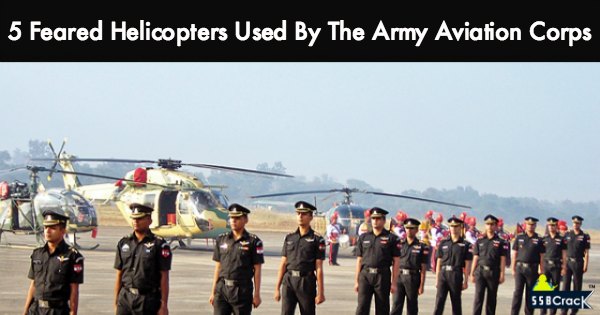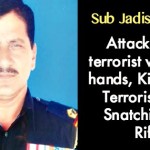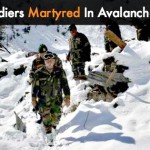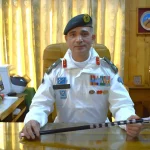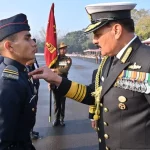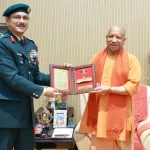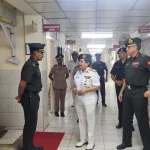Hello, Warriors! The Army Aviation Corps is a component of the Indian Army which deals with the flying of aircraft to provide battle support, transport and other operations in need to the mainstream fighters of the army.
Formed on 1 November 1986, the “Air Observation Post” units were transferred from the Indian Air Force to the Indian Army to form the Army Aviation branch. Using nine helicopter squadrons, Army Aviation has supported ground units by carrying men and material in the highest battlefield on earth, culminating in the conquest of the entire 72 km of the Siachen Glacier.
Since then, the Army Aviation Corps has come a long way and has inducted many aircrafts in its fleet. Here are the some of those:
- HAL Chetak:
Originated as Aérospatiale Alouette III in France, it is a single-engine, light utility helicopter developed by Sud Aviation. It was manufactured by Aérospatiale of France, and under licence by Hindustan Aeronautics in India as Hal Chetak, which built over 300 units of the helicopter till date. They were primarily in service with the Indian Armed Forces in training, transport, CASEVAC (Casualty Evacuation), communications and liaison roles. The Chetak is being replaced by HAL Dhruv in the armed forces.
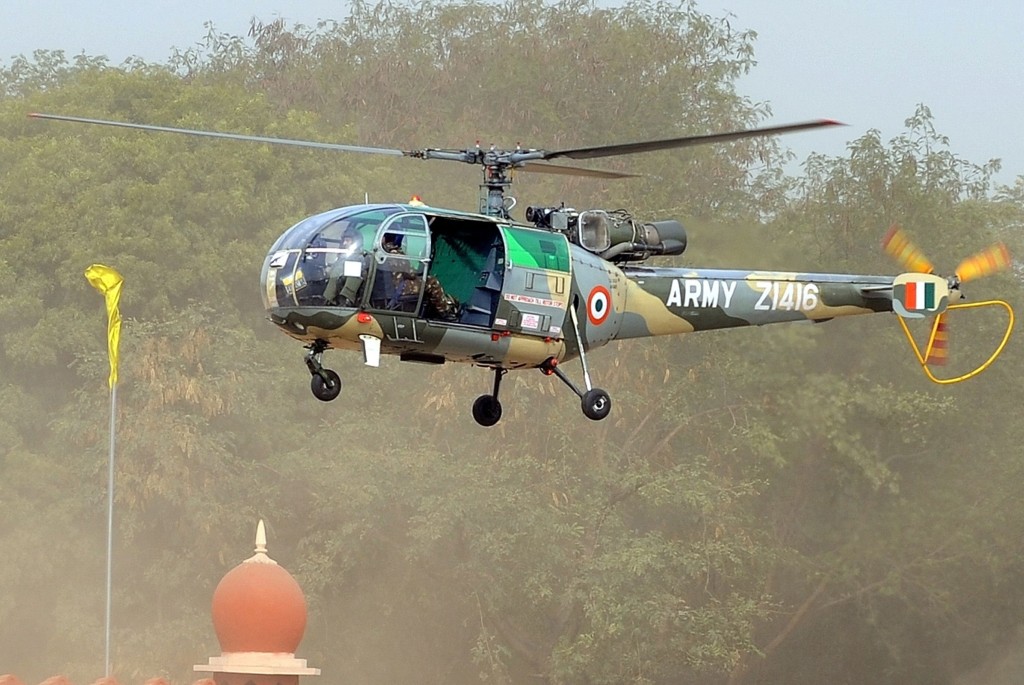
HAL also exported Chetak helicopters to Namibia and Suriname. India has also donated used Chetak helicopters to other countries such as Bangladesh and Nepal.
- HAL Cheetah, Cheetal & Lancer:
Also from France, the Aérospatiale SA 315B Lama is a single-engined helicopter developed to meet hot and high operational requirements of the Indian Armed Forces.
The helicopter have been built under licence by Hindustan Aeronautics Limited (HAL) in India, known as the Cheetah.
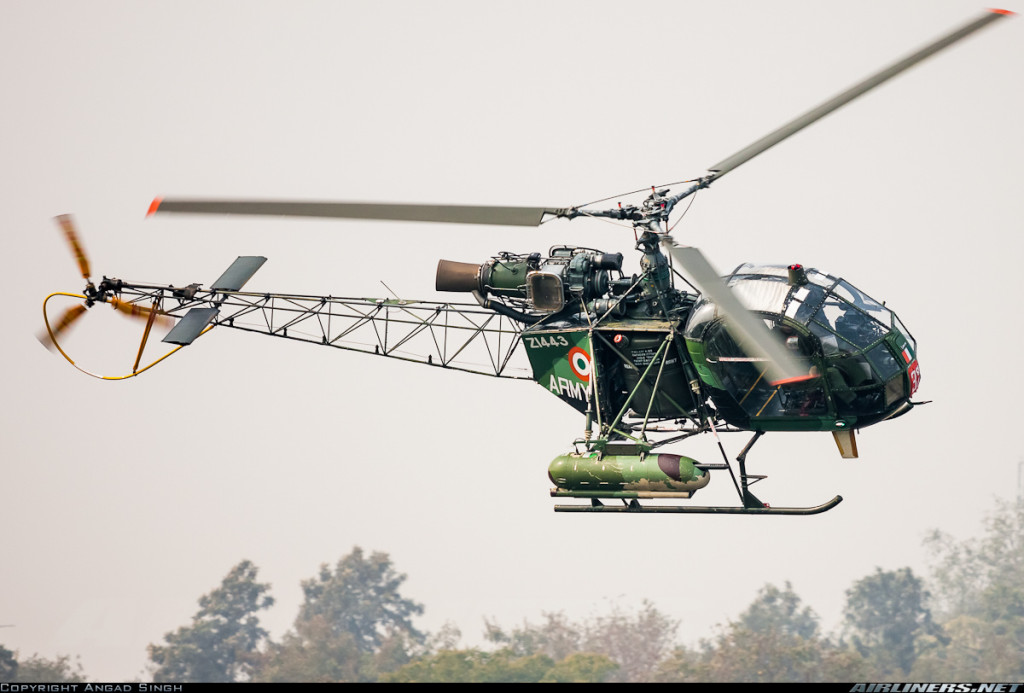
HAL later developed an upgraded variant, powered by the Turbomeca TM 333-2M2 engine, which is known as the Cheetal.
Lancer is the modified armed combat variant. Changes include composite armouring, toughened glass, and can carry two 12.7 mm machine guns and up to six 70 mm rockets.
- HAL Dhruv:
The HAL Dhruv is a utility helicopter. The development of the Dhruv was first announced in November 1984, and it was subsequently designed with assistance from MBB in Germany. It has been used in both military and civil use. Military versions in production include transport, utility, reconnaissance and medical evacuation variants. Based on the Dhruv platform, the HAL Light Combat Helicopter (LCH) a dedicated attack helicopter and HAL Light Utility Helicopter (LUH), a utility and observation helicopter, are currently being developed. As of August 2013, more than 200 HAL Dhruv have been produced for different customers.
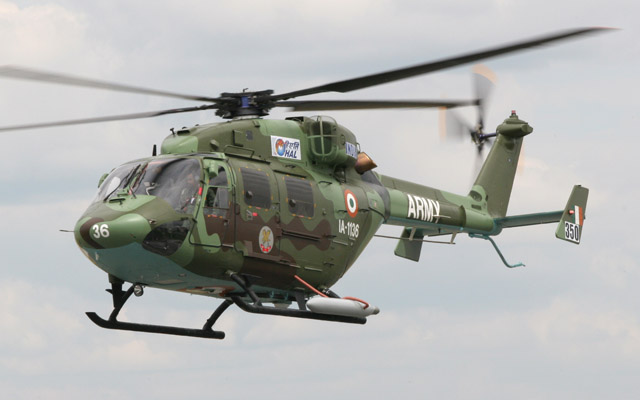
Now, coming to the mainstream fighter choppers,
- HAL LCH:
HAL Light Combat Helicopter is a multirole combat helicopter being indigenously developed for use by the Indian Air Force and the Indian Army. The LCH is a derivative of the HAL Dhruv, which was inducted into the Indian Armed Forces.
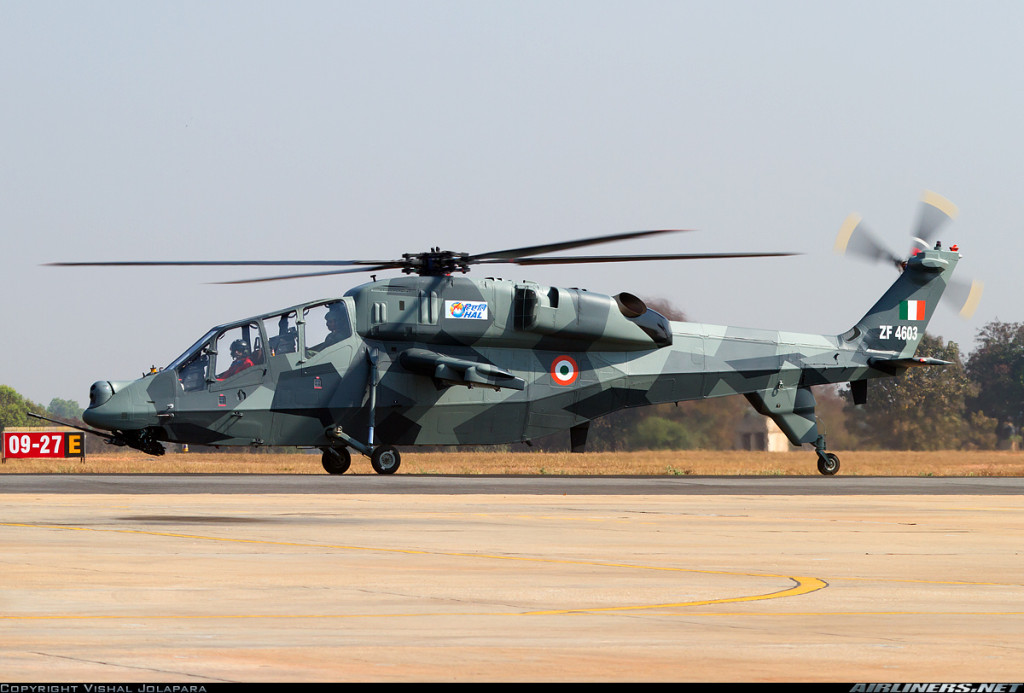
The Indian Air Force is to acquire 65 LCHs and Indian Army is to acquire 114 LCHs.
It is intended for use in air defence against slow moving aerial targets (e.g. aircraft and UAVs), Counter Surface Force Operation (CSFO), destruction of enemy air defence operations, escort to special heliborne operations (SHBO), Counter-insurgency operations (COIN), offensive Employment in Urban Warfare, support of combat search and rescue operations (SAR) operations, anti-tank role and scout duties. It will also be capable of high-altitude warfare (HAW).
- HAL Rudra:
Also known as ALH-WSI (Weapon Systems Integrated), it is an armed version of HAL Dhruv. Rudra is equipped with Forward Looking Infrared (FLIR) and Thermal Imaging Sights Interface, a 20 mm turret gun, 70 mm rocket pods, anti-tank guided missiles and air-to-air missiles.
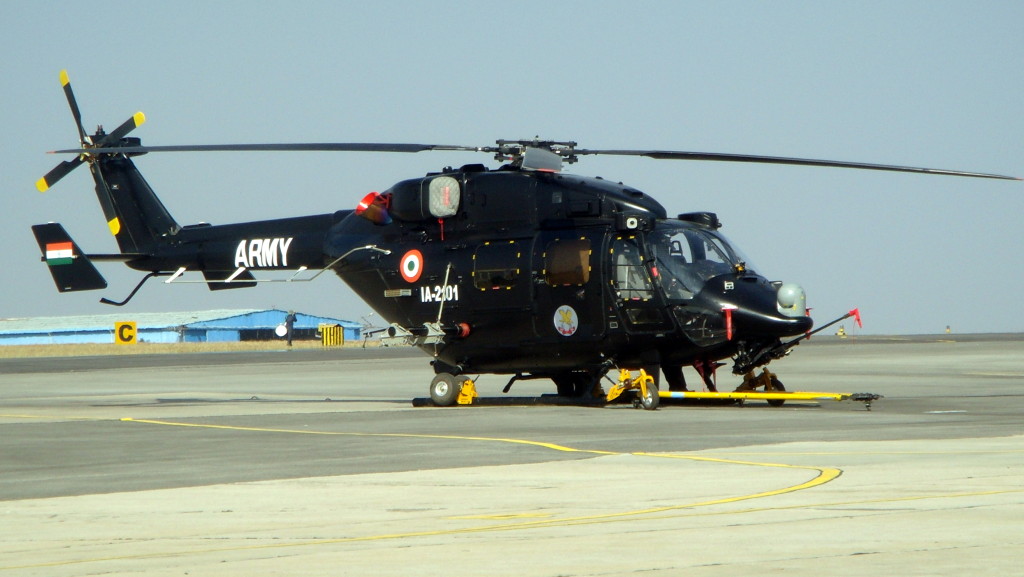
The ALH-WSI has two main versions:
Mark III which has Electronic Warfare, countermeasures, sensors and targeting systems installed, but does not feature weapons.
Mark IV which is to have a French Nexter 20 mm turret gun, Belgian 70 mm rockets, and MBDA air-to-air and air-to-ground missiles, such as the anti-tank Helina missile. All these systems have been tested individually.
Innumerable skirmishes and confrontations are taking place in the ongoing operations in the Siachen Glacier and the Army Aviation Corps is providing the required support for sustenance of our troops. The aviation arm is headed by a Director General of the rank of Lt General at the -Army HQ, New Delhi and it will starve to keep the name of these mighty choppers high.

